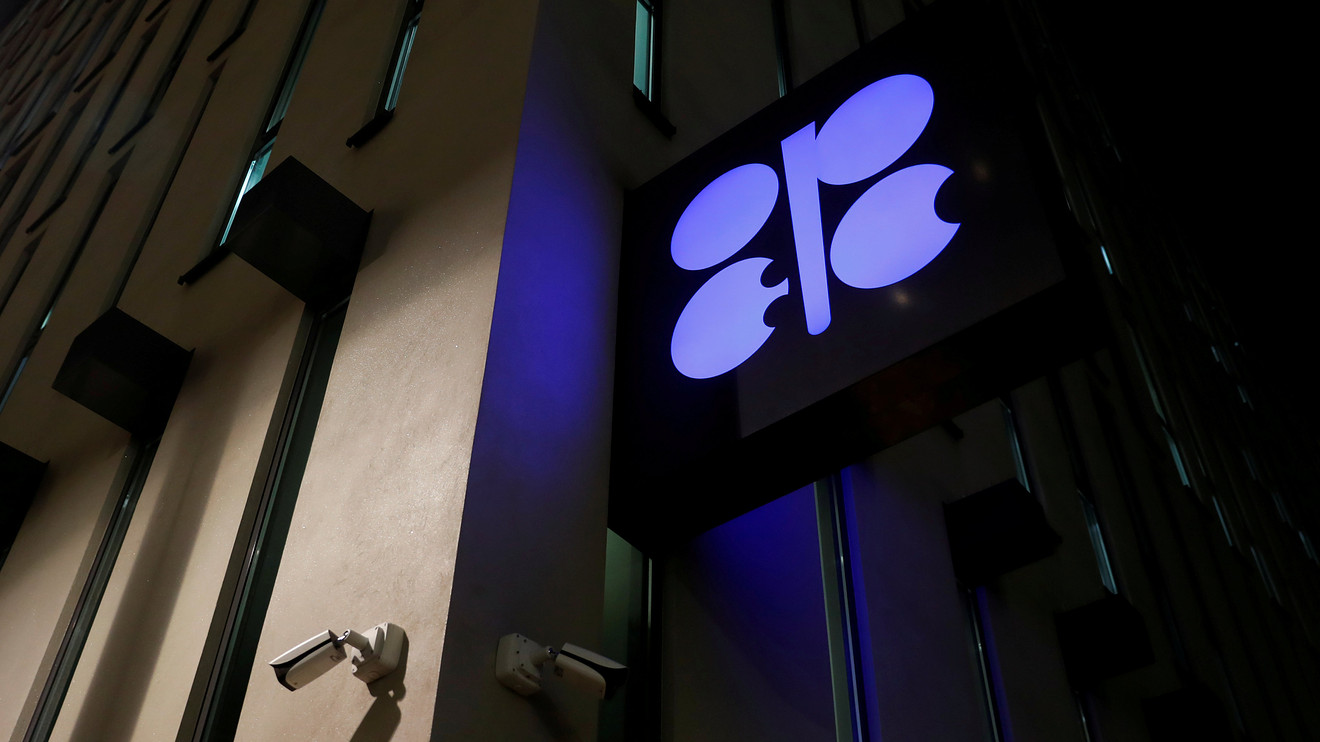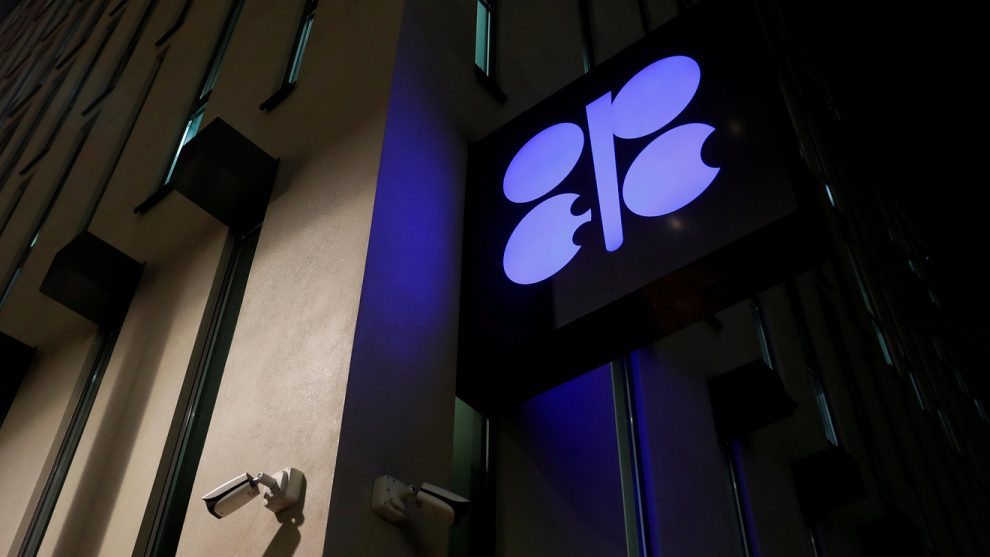
Oil futures were mixed Friday, with U.S. prices up a fourth straight session and global benchmark crude headed lower, as any potential demand worries tied to stock-market volatility were offset by supply concerns linked to Middle East tensions.
Both crude benchmarks were on track for a weekly gain of more than 2%.
The price moves come ahead of a meeting Sunday of the Joint Ministerial Monitoring Committee of members and nonmembers of the Organization of the Petroleum Exporting Countries in Jeddah, Saudi Arabia. The committee monitors compliance with the OPEC-led production-cut agreement.
Although this weekend’s gathering is a smaller-scale meeting, it could be a litmus test for oil producers’ appetite to extend the current production cut agreement into the second half of the year, according to ING strategists, in a note.
OPEC and allied producers will meet in Vienna on June 25-26, just ahead of the expiration of the OPEC-led production cut deal.
West Texas Intermediate crude for June delivery CLM9, -0.25% rose 30 cents, or 0.5%, to $63.17 a barrel. The contract settled Thursday at $62.87, the highest finish for a front-month contract since May 1, according to Dow Jones Market Data.
However, global benchmark July Brent LCON9, -0.70% was down 43 cents, or 0.6%, to $72.19 a barrel on ICE Futures Europe. Its finish at $72.62 Thursday marked the highest to date in May.
“For all the focus on U.S. shale growth, it is worth noting that OPEC+ production has fallen sharply, with Venezuela and Iran alone contributing to about 840,000 barrels per day of the 2.3 million barrels per day group supply drop between November 2018 and April 2019. In contrast, global oil demand growth has decelerated sharply in recent months,” said analysts at Bank of America, in a weekly research note.
“Where will oil prices go next? In our view, the global business cycle is at a key junction. Weakness in manufacturing may drag down services if trade wars eventually hurt consumer sentiment,” they wrote. “In a global downturn, Brent could slip to $50 a barrel. On the other hand, under a U.S.-China deal scenario, business confidence may return with a vengeance, resulting in a weaker U.S. dollar and stronger global growth…[then] Brent prices could spike to $90.”
The Saudi-led coalition in Yemen said it launched a series of airstrikes on Iran-backed Houthi rebels, the Financial Times reported Thursday. The report said the move was in retaliation for the Houthi attacks earlier this week on the Saudi’s oil infrastructure. The U.S. on Wednesday ordered all nonemergency staff to leave Iraq immediately amid heightened tensions with Iran over recent attacks against oil tankers and facilities in the Persian Gulf region. The threatening activity, which followed the U.S. removal of waivers for select buyers of Iranian oil, is seen potentially disrupting getting oil out of the region to feed the global market.
Reports that Iranian crude shipment volumes have fallen to zero shouldn’t be taken literally, ING said, with a large number of Iranian tankers having turned off their transponders, meaning they are selling and moving oil undetected.
Read: ‘Sabotage’ attacks on Saudi oil tankers put Strait of Hormuz back in spotlight
For now, the tensions have provided support for oil, but James Hatzigiannis, senior commodities associate at Long Leaf Trading Group, said he expects to see a short-term fall in oil prices as this support from Persian Gulf tensions “deescalate[s]” against a backdrop of new tariffs that will shrink energy demand.
The market will also see more volatility as the date for the next OPEC and non-OPEC meeting nears and traders adopt a will-they-or-won’t-they view on whether the group will extend the production-cut pact, he said.
Back on Nymex, June gasoline RBM9, -1.04% fell 1.9 cents, or 0.9%, to $2.043 a gallon, while June heating oil HOM9, -1.39% shed 2 cents, or 1%, to $2.102 a gallon. Both contracts traded up 2.5% or more for the week.
June natural gas NGM19, -0.38% lost less than a penny, or 0.1%, to $2.637 per million British thermal units, trading up around 0.7% for the week.
Providing critical information for the U.S. trading day. Subscribe to MarketWatch’s free Need to Know newsletter. Sign up here.









